Yes, it’s almost here! It’s been a little over two years since the first semi-final of 2019, and no one thought we’d have to wait that long for another first semi-final to arrive, but life is weird like that.
But while it does feel like it has been forever since we were last here, some things are definitely the same. For example, making it to the day of the first show having already discussed all the entries to death and yet still being unable to make decisions about important things (who will qualify?) and less important things (what snacks do I need to get?).
There’s probably nothing I can tell myself now that I hadn’t thought at some point over the last week, but it doesn’t mean I don’t try. And when I can’t come up with an entirely new angle, my brain naturally decides to overthink ideas I briefly thought of before but didn’t discuss with myself thoroughly enough. Not this year, anyway.
Once upon a very long time ago, circa 2005, I wrote a university paper about Eurovision countries creating a bit of an identity for themselves – musically and visually – and reached the conclusion that it can be beneficial for countries to create an immediate sense of familiarity when presenting a new entry to the Eurovision audience by connecting the entry to previous entries from that country.
It’s been a while since I thought about that idea to the degree I had to think about it then – it was graded, you know – but as I was going through tonight’s entries and trying to make my choices, I found myself thinking about the countries that have been building a bit more of a branding – some more recently than others.
If I asked you what countries come to mind when you think about common elements between their entries, I guess you’d come up with the same answers as me. The first one I thought of was Sweden, whose visual trademarks extend way beyond just their Eurovision entries. But when I went to look at some of the recent entries, I realized how dark they all were – even the ones I didn’t remember being so dark.
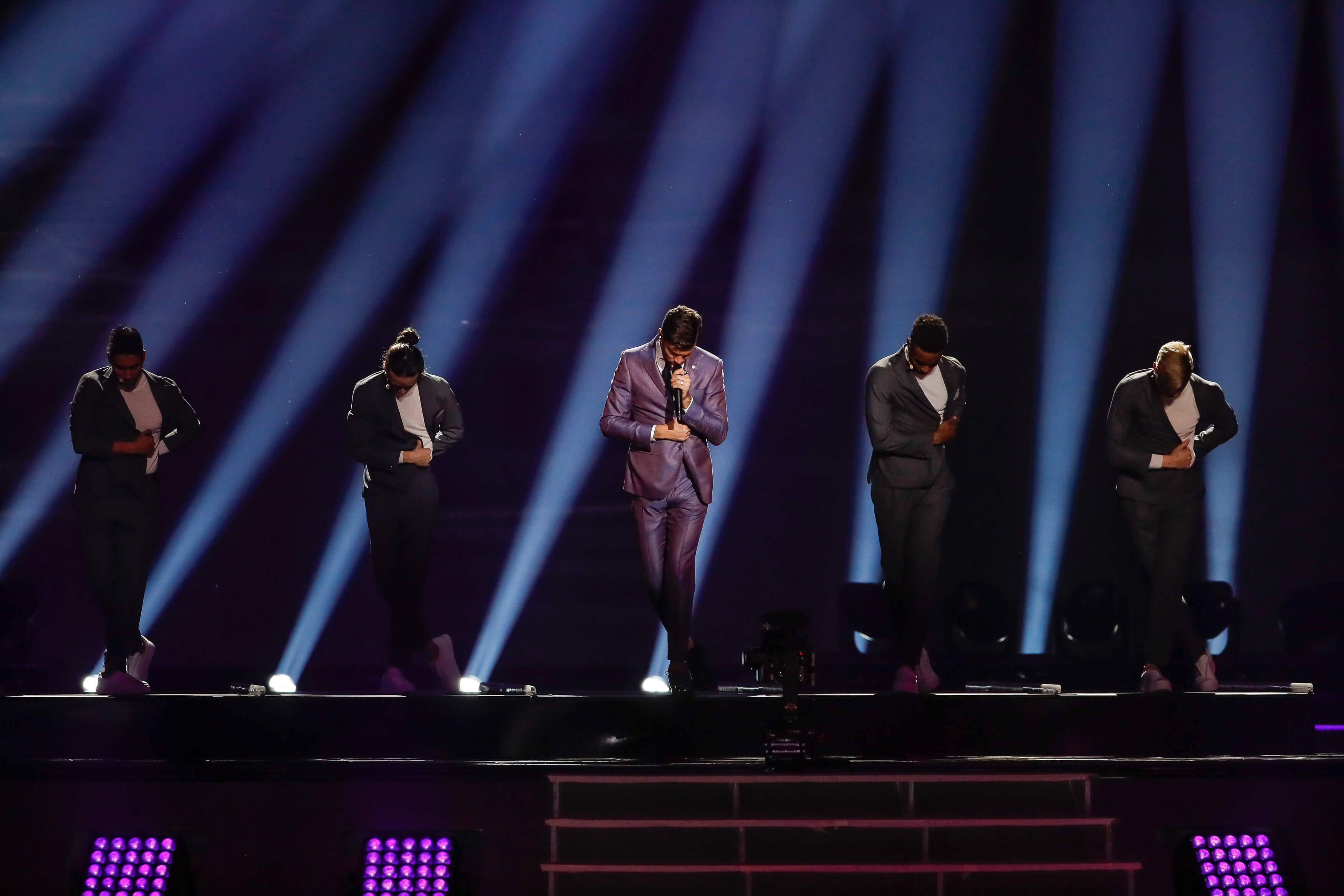
I’m living that life on the dark side (EBU / Anders Putting)
If Sweden can get away with having their performer stand in the dark, and occasionally use lights or stage effects, they will. While other countries had – at least sometimes – colorful and bright background, you’d have to dig quite a bit to find a Swedish staging that looks massively different.
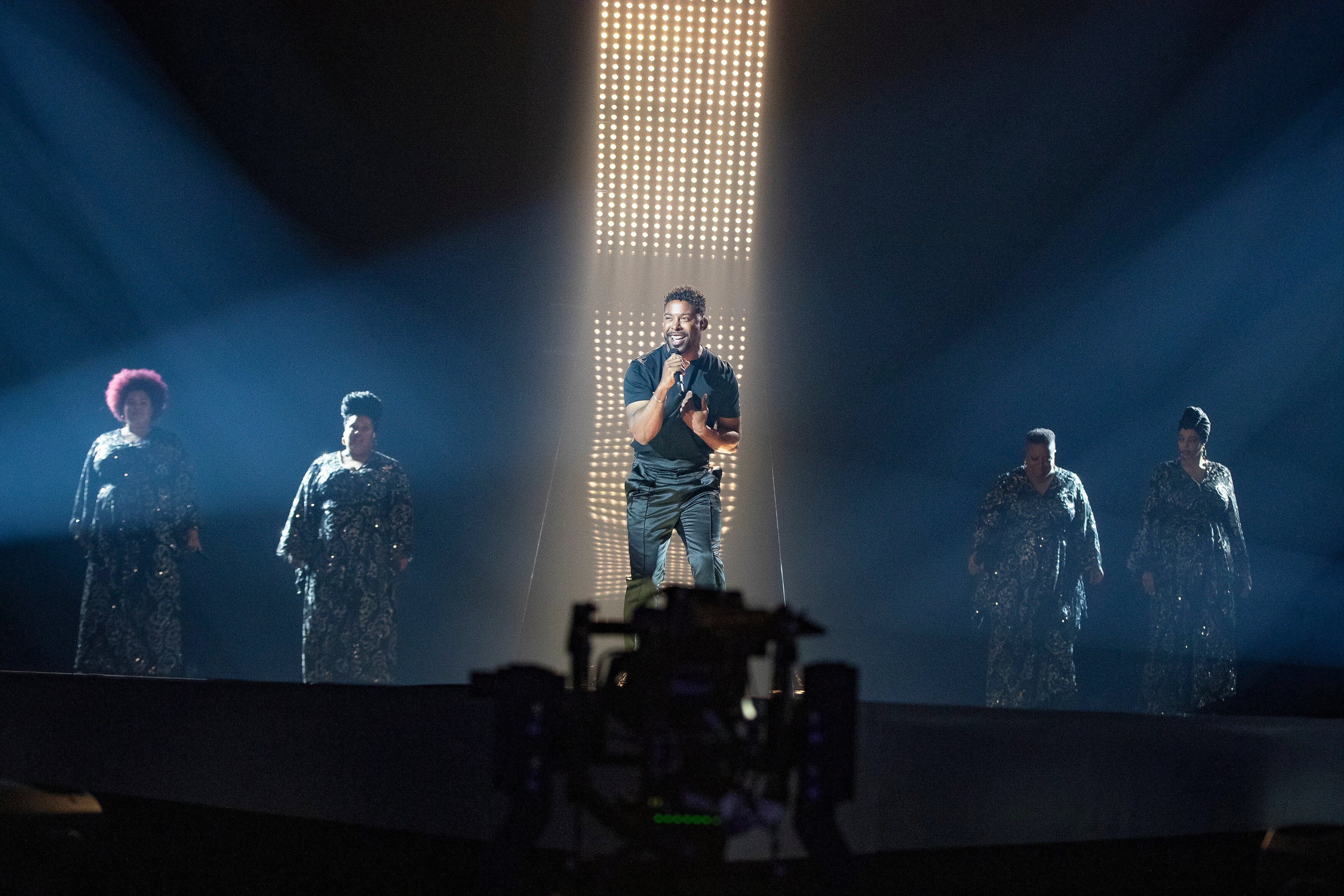
Through lights and shadows (EBU / Anders Putting)
After already setting the atmosphere to fit what we expect from Sweden, even when we don’t know we expect it, they of course need to up the ante by making our déjà vu a bit more specific. You know what I’m talking about. Yes, it’s the singer plus four backing singers or dancers in a row! That in itself isn’t unique to Sweden, as their staging directors have brought it with them to other countries. But that moment in the dark when they dramatically march forward? That’s oh so Swedish.
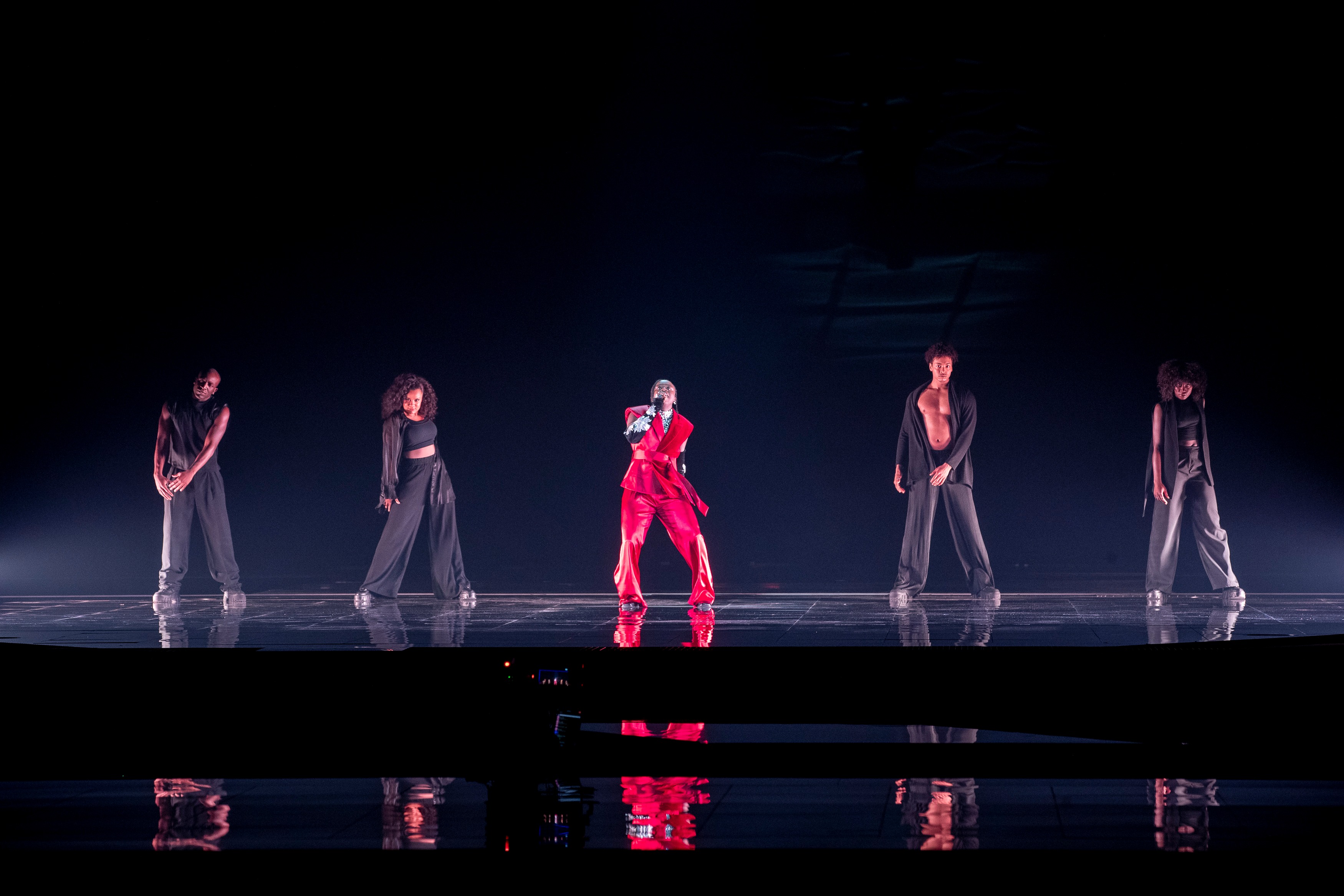
Shine into my darkness (EBU / Anders Putting)
Speaking of choreographies that you see on screen and automatically connect it to a country of origin, Israeli choreography is one of the most consistent things we’ve seen throughout the history of Eurovision. But there’s been progress too! As Eurovision moved forward and introduced dance moves and other crazy notions of modern cultures, the Israeli choreography has evolved from a somewhat symmetrical complete disregard of personal space to a broadly chaotic disregard of personal space. The concept and execution, however, haven’t changed.
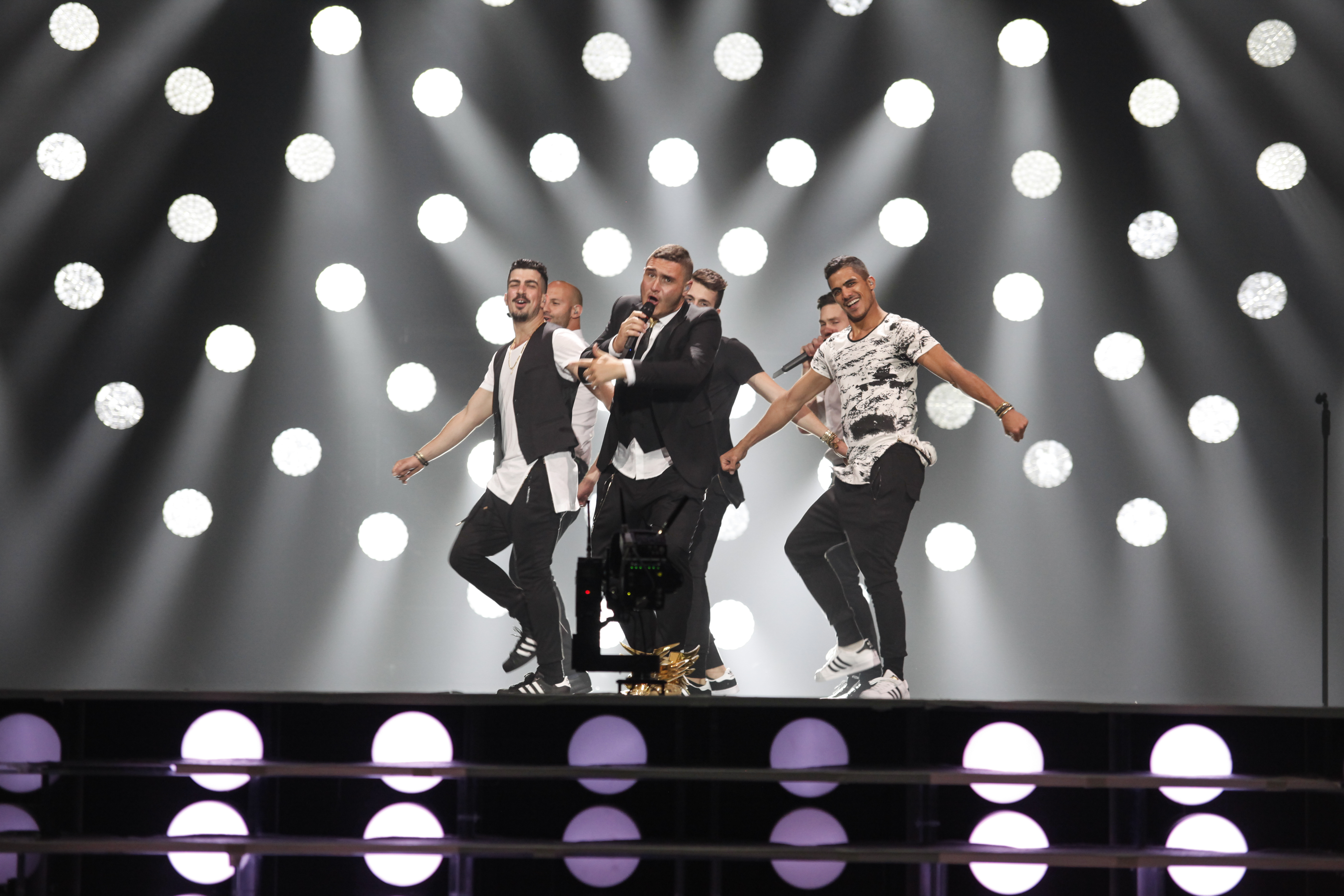
Set me free (EBU)
Step 1: Have the singer stand in the front of the stage with the backings or dancers somewhere in the background.
Step 2: in a predetermined point of time, have all the backings and / or dancers push to the front at the same time – a cultural nod to the Israeli interpretation of standing in line – and crowd the singer as much as possible.
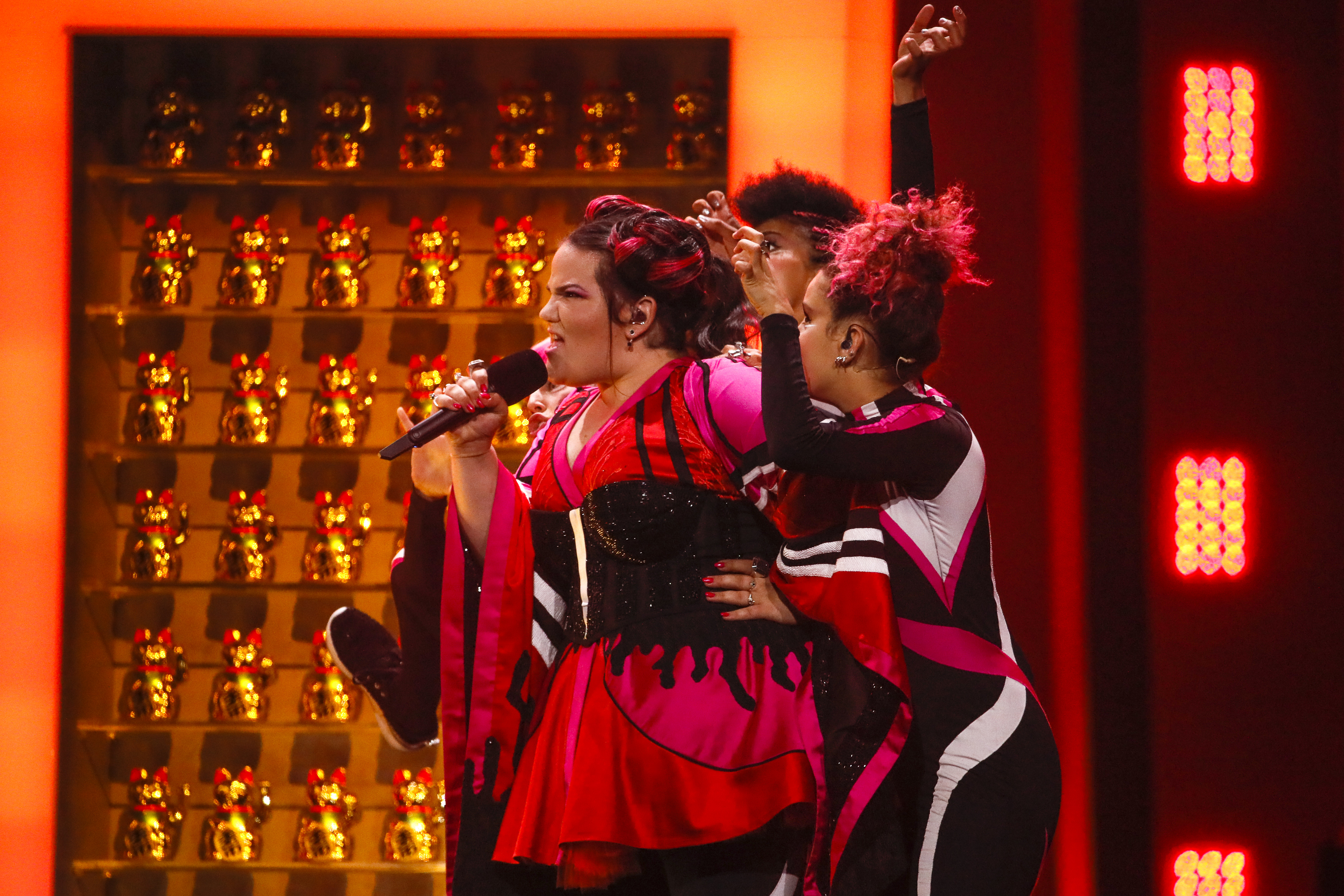
Just get out of my life (EBU / Anders Putting)
Bonus points: stylistic references to Jewish elements. In case of emergency it can be replaced with a decorative looper and a giant case of Japanese cat dolls.
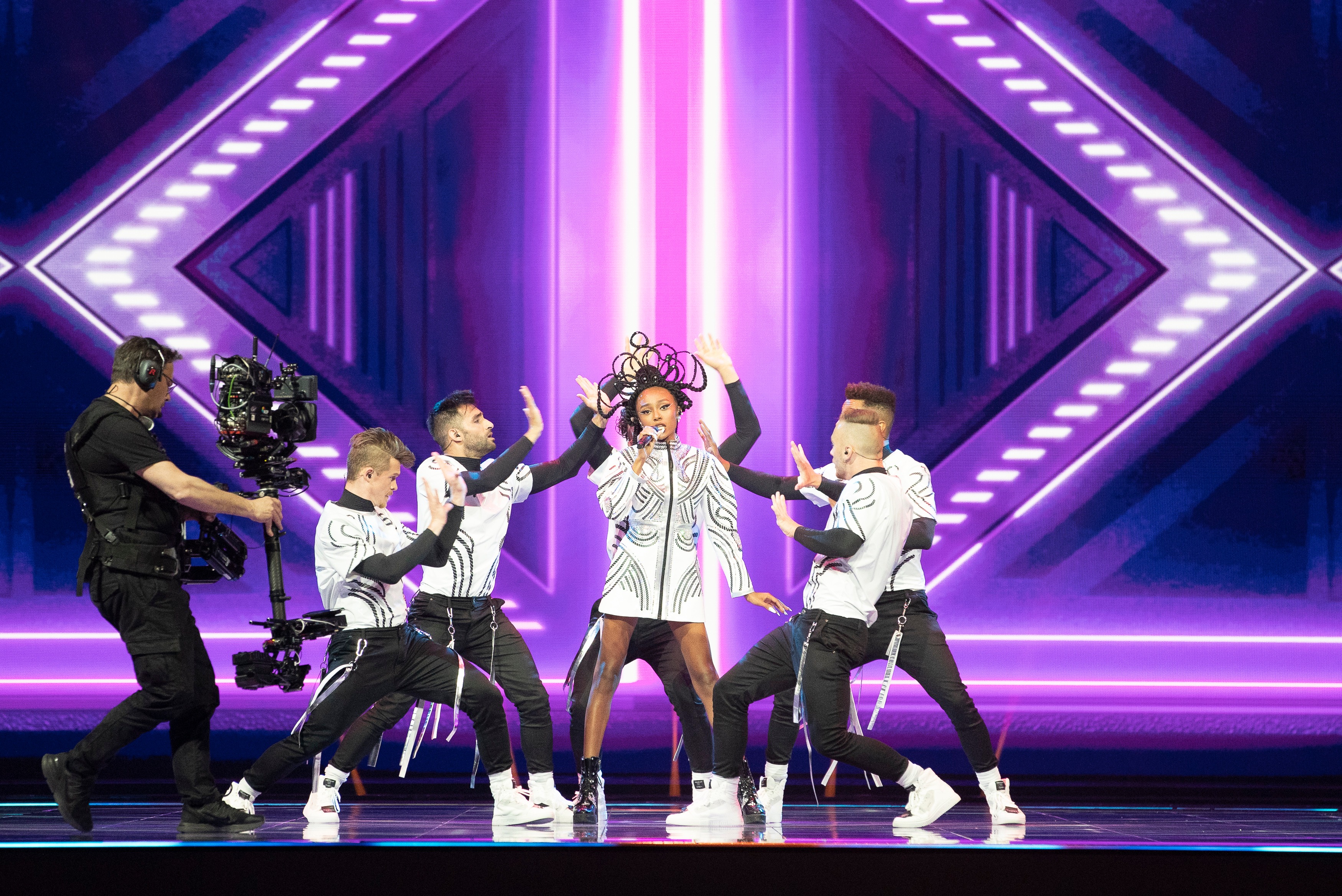
No degree of separation (EBU / Anders Putting)
Alongside those old timers, we have new countries who are trying to develop traditions and infuse some not-so-subtle throwbacks to previous memorable performances.
Cyprus is the most obvious suspect, but even if my original response to this year’s first rehearsal was that the staging was a “Fuego”/”Replay” mashup, I didn’t realize to quite what an extent. And not just because of that oh so familiar singer/dancers formation – but because el diablo is in the details.
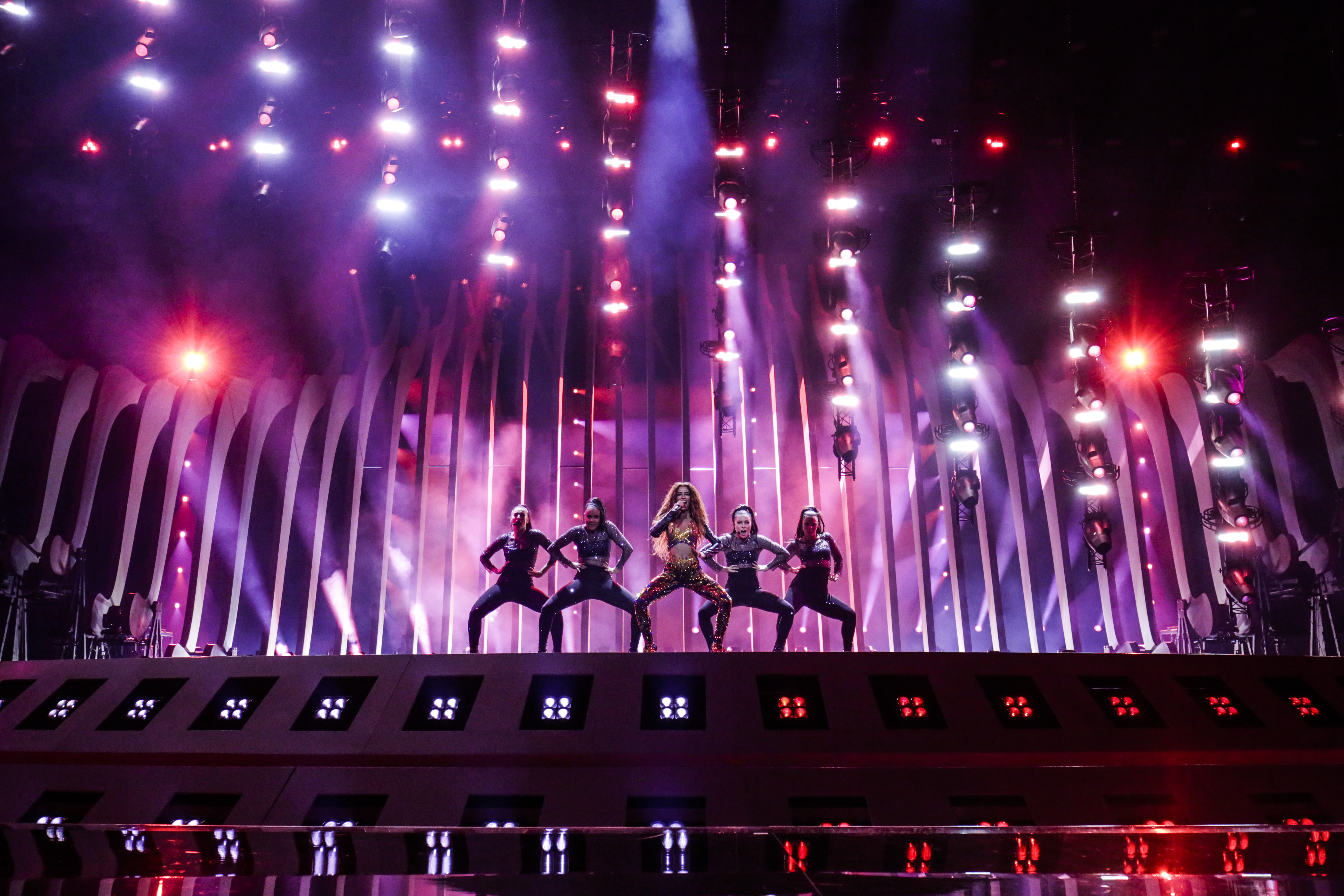
Playing with fire (EBU / Thomas Hanses)
The fire and all the reds? That’s “Fuego”. The black and white patterns on the backdrop and floor throughout the performance? That’s “Replay”. The gymnastics? Definitely from “Fuego”. The static poses where Elena just performs head choreography while the dancers do all the work? That’s “Replay”. Hair choreography? “Fuego”. Hair color – “Replay” (seriously! She was a brunette until four months ago). Cat suits? A silver frock? “Replay”. There are even some dance poses shared by all three performances.
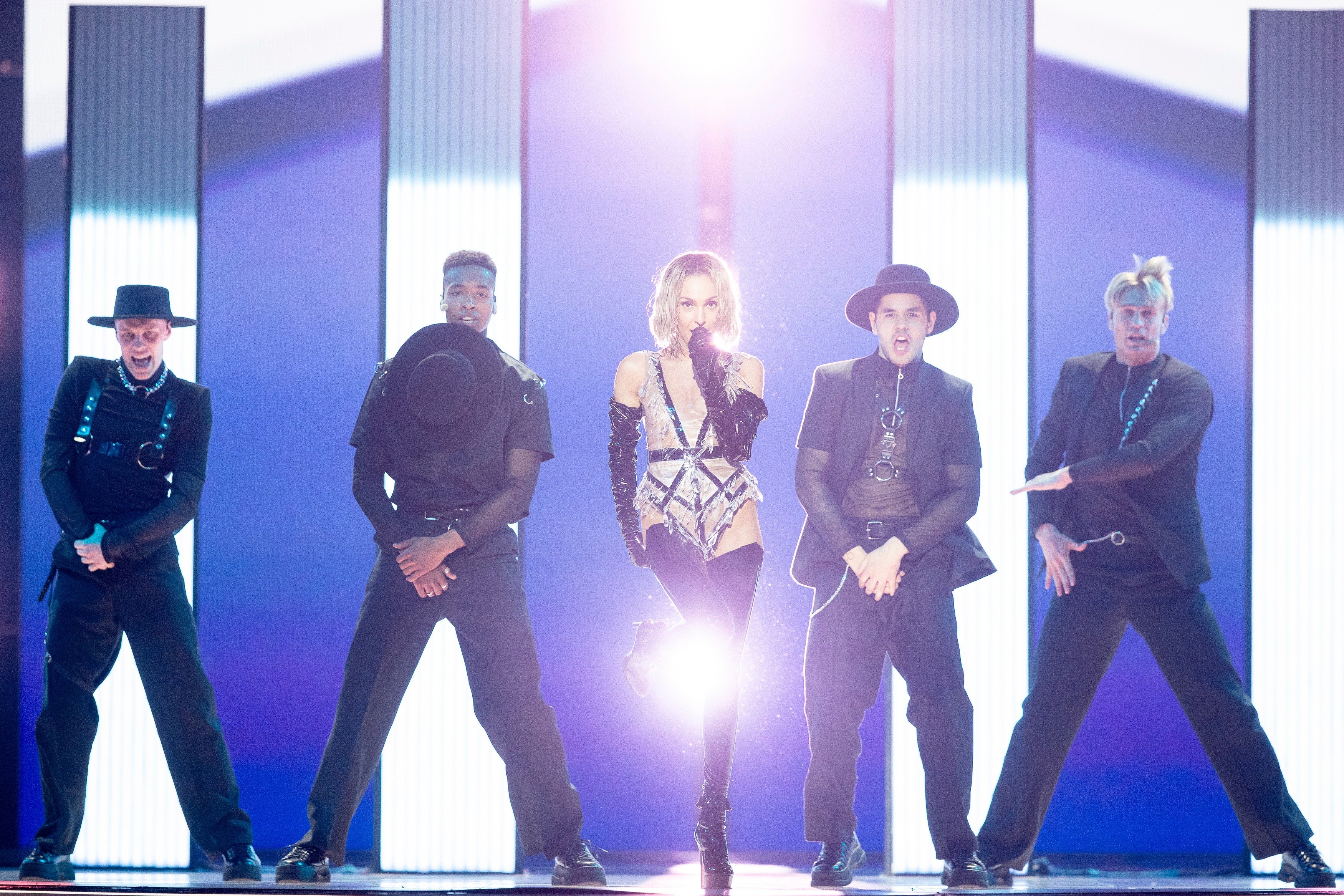
Touch my fire (EBU / Anders Putting)
Yet, the “El Diablo” performance isn’t a replica of either one. It has its own visual identity that fits the song, but it also includes endless small references to familiar experiences. If you think that someone could have shown you a clip without you knowing where the song was from and you’d guess the answer was Cyprus, then they’ve done their job well.
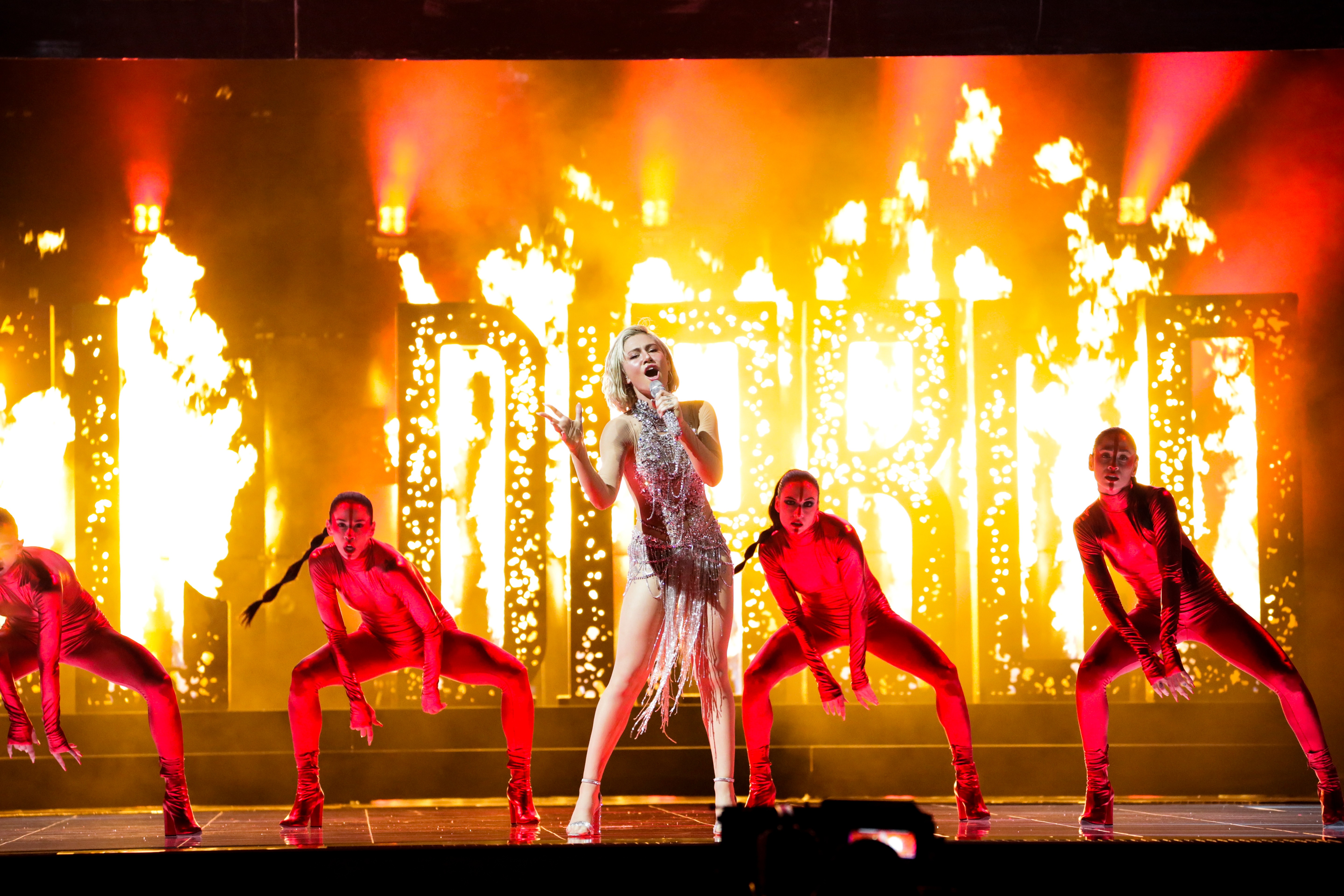
Start a fire (EBU / Thomas Hanses)
Even though Cyprus aren’t one of the favorites this year – and I doubt that we have a Fuego 2 on our hands – they could teach the other island that really wants to win a few things.
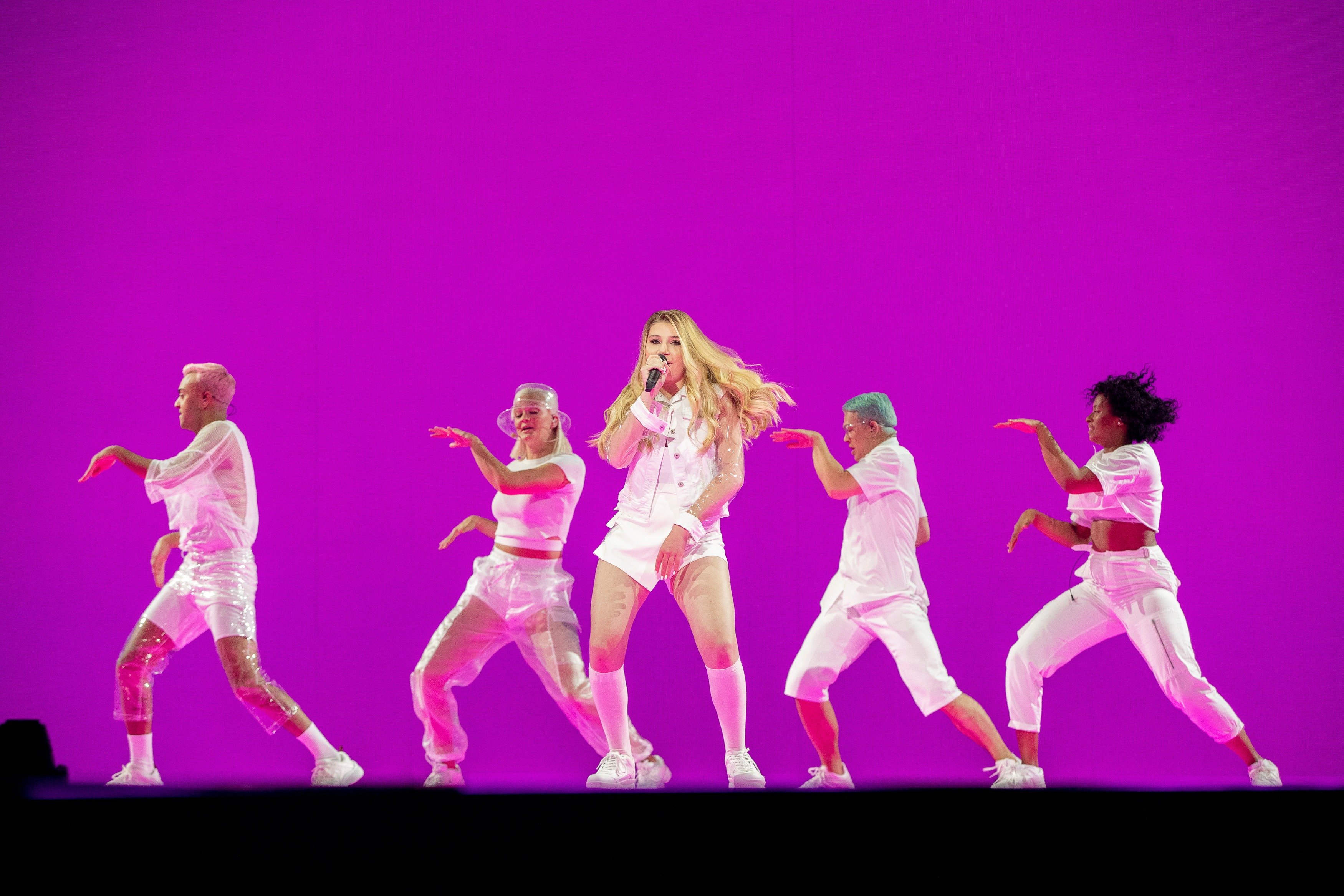
Techni-technicolour, techni-technicolour, if we stand together, we can do whatever
(EBU / Anders Putting)
Malta is a few steps behind on the tradition game with only two modern pop entries headed by a young female singer, but the bright colorful visuals that stand out so much in both “Chameleon” and “Je Me Casse” draw a connecting line between the two. Unfortunately for both Michela and Destiny, though, if the Cypriots showed even more consistency by arriving in each of those years with their entire package pretty much ready to go, the most consistent thing about the Maltese delegation is its continuous self-doubt. In 2019 they kept changing the staging at every run and ended up with a stressed singer and a weaker staging than they originally had. This year they had Destiny wear something different in every rehearsal and managed the incredible achievement of doing a second run in the jury show only for Destiny’s vocals to sound worse. And it’s only Tuesday morning!
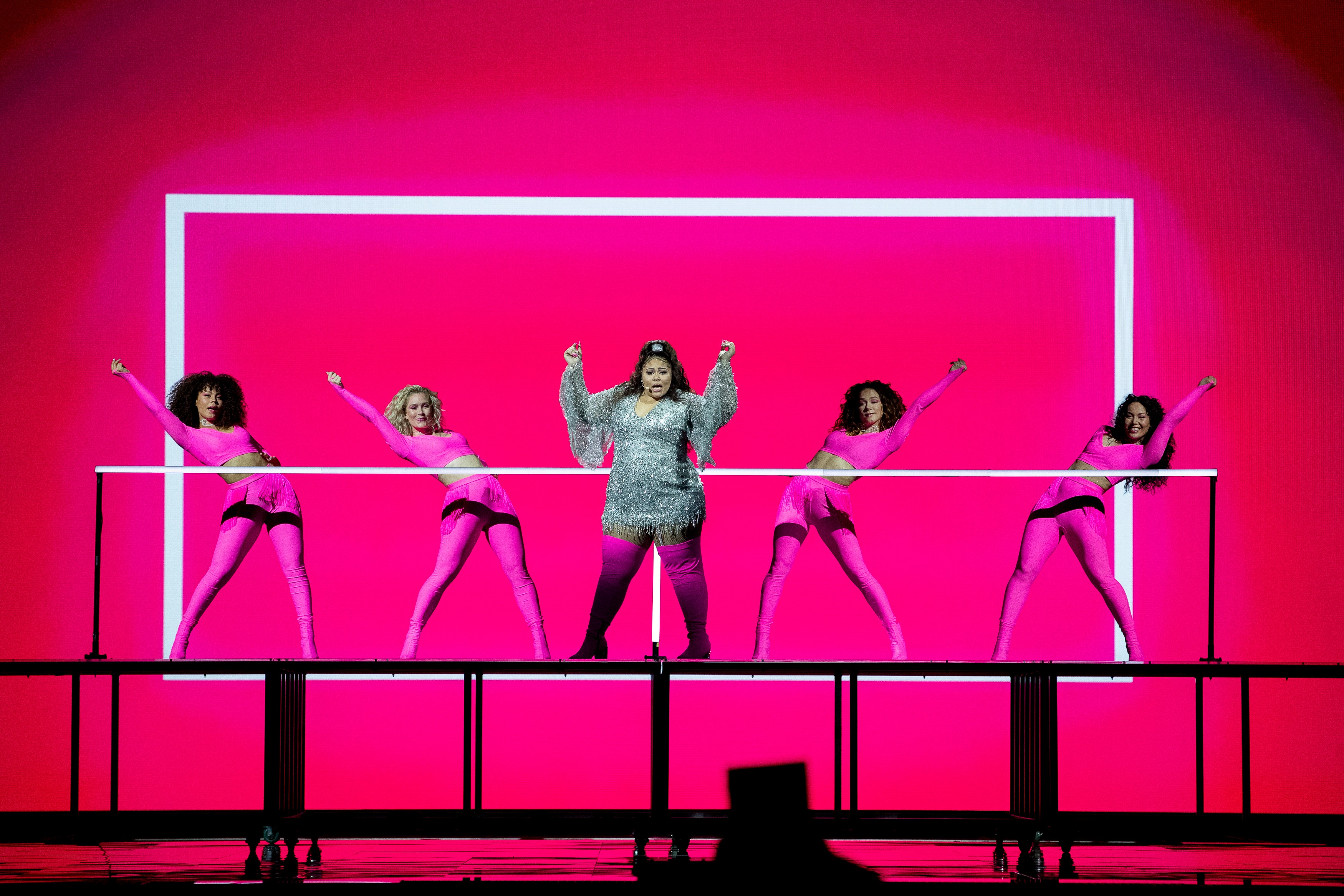
We are technicolor, watch us go, we never walk away (EBU / Anders Putting)
It might a bit too early to start thinking about that, but as we get to find out the failures and success of the week, it will be interesting to see which countries carry what they’ve done and what they’ve learned into the next competitions, and what moments from tonight we’ll get to see – in one way or another – again.


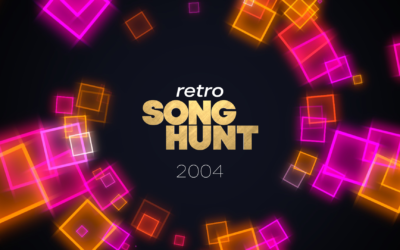
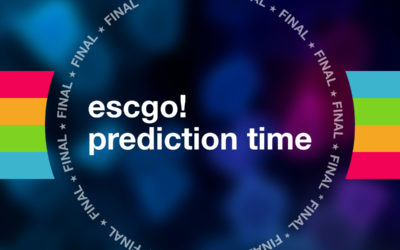
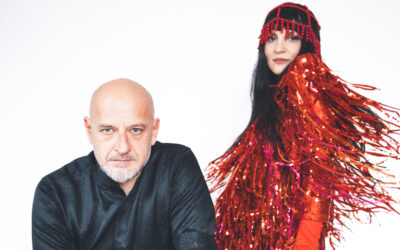

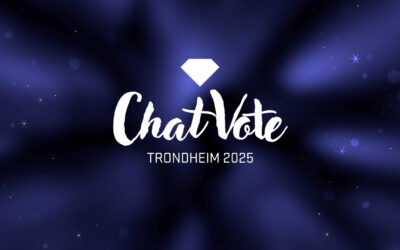


0 Comments